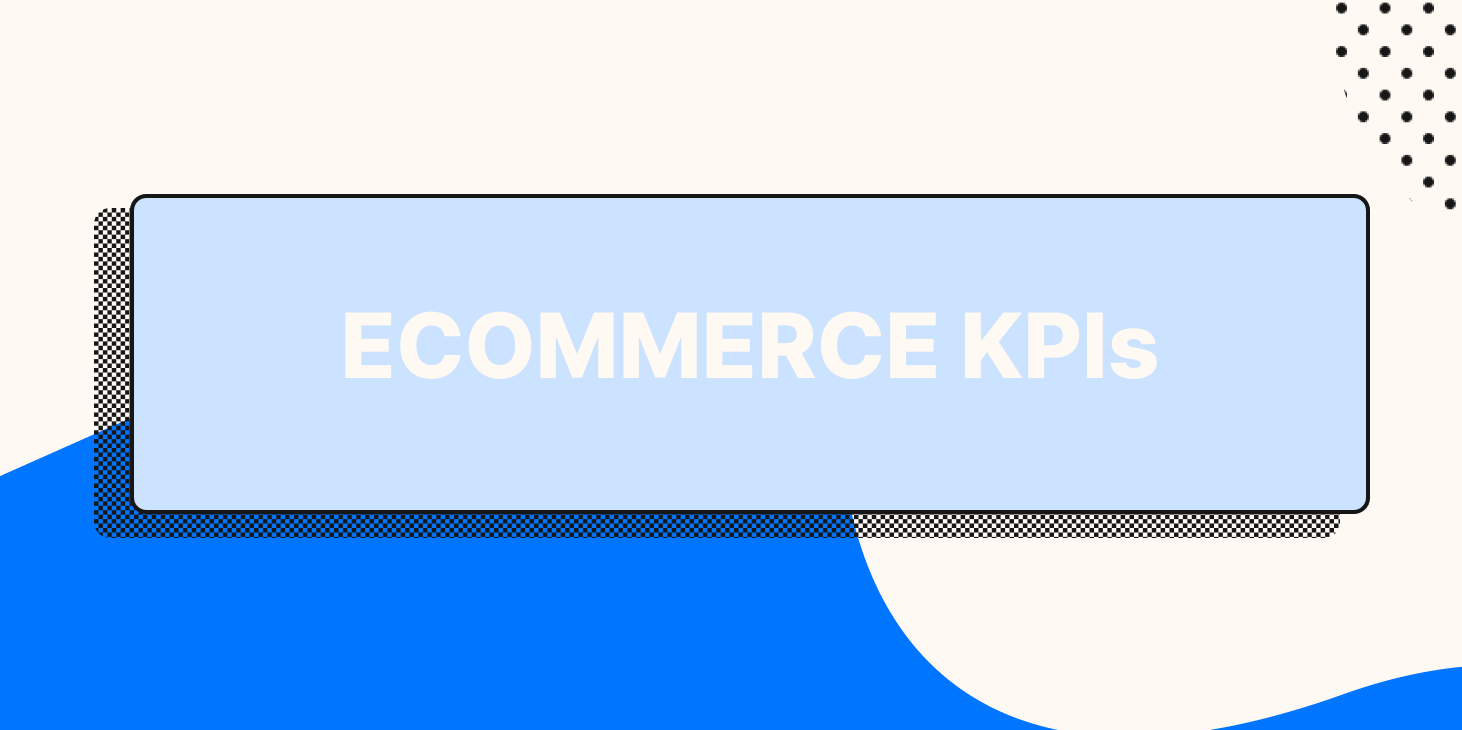With so many choices and so little time, it can seem an impossible task to gain the attention (and wallets) of your target audience, especially if you’re just starting out! It of course doesn’t help that there are thousands of guides out there teeming with ecommerce tips telling you the one thing you’re doing wrong or the best way to grow 300% year-over-year...all before you’ve even made a sale.
At Gorgias, we prefer to cut through all that noise and get straight to the point. After all, we can’t consider our job well done until your store starts making bank. But before we take a second look at your store, consider this: websites are not dissimilar to shops in a mall (remember those?) where the first impression is everything.
For example, Apple’s simple, structured aesthetic seems to encourage a sense of order and management. It stands out from the dying electronic stores of yesteryear that piled their wares in the front window and whose own employees struggled to tell you what was in stock on any given day.
The key takeaway for you is that before doing anything consider applying a holistic approach to your online store. Ask a fresh pair of eyes to take a look and give you their initial impression if it’s clear from the start what you’re selling and how to learn more. Once you’ve done this brief exercise you’re ready to dig deeper. So let’s get on to our list of common ecommerce mistakes that might be preventing your first sale.
You’re missing the basics
Okay so maybe your website looks pretty but did you spend too much time focusing on the aesthetic and too little time ensuring you had all the basics in place before launching?
Your design needs to be clear, clean and simple, in other words make sure you’re focusing on the sale first and foremost. You’ll also want all the usual elements to be easily findable, that means including clear and well-defined Return Policy, Terms of Service and About Us pages in your website’s footer.
Make sure your site navigation is as easy to use as possible. Since research shows that most visitors only read about 20% of the text on any given page, your customers need to be able to find their way around your store easily and quickly. Achieve this by making sure your menu is clear, concise and easier to locate.
Finally, don’t forget to verify your domain with Google (as well as other major search engines) by submitting your sitemap to them and always include any security badges your site uses. Considering almost 50% of Americans have been victims of credit card fraud in the last five years, letting your users know you’re trustworthy is fundamental to securing a sale.

You’ve got lame product pages
No two product pages are created equal and chances are yours could be working way harder. Start with the quickest fix: your copy. As your customers aren’t able to see and feel your products in-store, you need to describe them in a way that gives them the confidence to buy. Here’s a few characteristics to apply to your writing:
- Make product descriptions accurate, educational and engaging
- Turn features into benefits (e.g. instead of describing a stove as “sleek with two-burners” you can say “The perfect size to fry up omelettes for the whole family”)
- Anticipate your customer’s pain points and proactively reply to them
- Include relevant keywords in titles and descriptions to help search engines find your products
Balance detail with skimmable content and avoid long paragraphs that could cause a user’s eyes to look away. And where photos are concerned, the more the better. Multiple photos at different angles are proven to convert better than one single image.

You lack reviews
As mentioned earlier on, trust is essential when it comes to getting customers to hand over the sensitive data required to make a purchase. If they’ve never heard of you before, it might be harder to convince them you’re a trustworthy seller.
Of course it’d be easy to tell you to just incorporate product reviews on your product pages (which you definitely should do) but if you haven’t yet made a sale then that’s not a possibility for you yet. Instead, embrace the fact that we’re living in the age of the influencer and reach out to a few relevant figures in your target market. Offer to send them your products to test out in exchange for a testimonial you can put online. Some may even agree to post about your product.

If you target micro-influencers (people with 1000 to under 1 million followers) you can avoid running expensive search ads but still enjoy traffic from your target market and possibly sales as you’ll be benefiting from their pre-established trust. Keep in mind some influencers will charge a rate on top of the “free product” you’ve sent, but these fees are always negotiable and in some cases can be avoided if your product is of enough interest to the influence.
Finally, don’t forget to just ask for reviews in the first place. Make it part of the process with automated emails that remind customers to leave a review after they’ve made a purchase. You can also make posts calling for feedback and reviews on your social accounts as well.
You aren’t targeting the right audience
Maybe you’ve built the best website imaginable, with emotive product photos, great emails and dazzling social accounts to boot, but have you considered how relevant your traffic is? You might already be getting all the traffic in the world but if you haven’t defined and appealed to the right target audience, the significance of a large traffic volume quickly becomes a vanity metric.

Getting the right people to your website is the result of a few factors. First, it’ll be easier if you’re a fan of what you’re selling. Why? Because if you’re your own target audience you already understand the lifestyle, behaviour and unique selling points that get people to buy products like yours. Use this research to create customer profiles (built on demographics like location, pages visited, etc) that then inform the style of content you create.
Are athletic people more interested in your product? Do you have a lot of site visitors from a particular state or province? You can use this information to personalise some marketing materials like emails. These practices apply across social media and your main site - you can do this kind of research and targeting everywhere.
Finally, make sure you’re using relevant keywords on your site. Do you h2s and h3s and meta descriptions use phrasing and specific wording that aligns with what you’re selling and who you’re selling to? Understanding what your customers are searching for will help you answer those needs and get the low-funnel traffic that converts.
You haven’t chosen the right payment gateway
Payment gateway technology is what store owners use to accept credit and debit cards from shoppers. The term refers to both physical, card-reading devices found in stores and the digital payment processor apps that exist on ecommerce websites. Now that you’re caught up on the lingo, let’s explain why choosing the right payment gateway is essential to making sales.
There are frankly hundreds of different payment platforms you can choose from and picking the right one can be difficult. But as we describe in detail here, there are three specific factors to consider before surrendering yourself over to one specific gateway. They are:
The benefits of on vs off-site processing
For example, PayPal requires users to leave your website in order to complete the payment process. If you want, you can pay a $30 fee to make sure the payment is processed without requiring shoppers to go to the external site but why do that when there’s providers out there like Shopify who have on-site processing built in to the experience?
Accepting relevant payment methods for our market
Maybe your customers are the kind of people who would prefer to pay in a digital currency. Not all payment providers will support this. Not all payment providers even support the use of gift cards. Consider a provider that can grow with your business because one day you might want to have these options even if you don’t right now!
Customer protection should come first
Nobody likes data hacks. If your provider runs a less-than-secure operation that means your customers’ data is vulnerable and if they suffer a breach it might make even the loyalist fan think twice before shopping with you again.
A smooth customer experience built-in
There’s offering options and there’s drowning people in so many choices you inadvertently cause the dreaded “abandoned cart” outcome. Pay attention to which payment gateways your customers are primarily using and stick to a small number (certainly not 5) of the most relevant ones.
Once these factors are considered you’ll want to know which options are out there. We talk in depth about different providers in the article linked above but check out these names and weigh which one makes sense for the size and priorities of your business: Amazon Pay, Square, Apple Pay, Stripe, Google Pay, and WooCommerce Payment.
You’re spread too thin on customer support
Whether your online store is a one person show or a small team that includes a trusty support agent, you might be missing out on sales simply due to a lack of customer service. That doesn’t mean you don’t have the skills required to provide superb support, instead the problem is likely that you aren’t making tech work for you.
For example, let’s say you have your online store but you also have an Instagram channel, a Facebook page and a Twitter account. You might be getting emailed about questions and concerns via your website while also getting bombarded with DMs and comments across your socials. Despite your best efforts, if you’re checking everything manually across apps and websites - you’re going to miss something.
But that’s okay! You’re only human. And lucky for us humans, we’ve got some pretty incredible tech on our side to streamline manual (yet important) tasks.
With Gorgias, you can view your customer’s order history easily from the BigCommerce backend, personalise the experience by integrating data relevant to the customer, automate answers to common questions to save time and more. The sky’s the limit and even a one-person team will be able to deliver the support of 10 with the help of a few simple integrations.
You can see which e-commerce platforms we support on our website and check out the support channels we can give you a hand with by visiting our integrations page.
It’s too early
Now listen, we left this one for last because nobody likes to hear but maybe, just maybe you haven’t given your store enough time to reap the benefits of all your hard work. The story of the best e-commerce stores are rarely the ones that describe themselves as an “overnight success.”
Be patient and if you’re applying the tips we’ve mentioned above you’ll start to see things like relevant traffic and conversions pick up on your site before you know it.
And if you ever need more advice or a helpful tool, we’ve got you covered! Good luck!

















